The Top 6 Signs You Need to Update Your Data Recovery Plan for 2022
Solutions Review
FEBRUARY 3, 2022
Disaster recovery planning is no easy task, but it is a necessary one. With so many different options of data recovery plans that a business can implement out there, the process of developing the best fit can be overwhelming. If this is a common occurrence for your business, it may be time to update your data recovery plan.



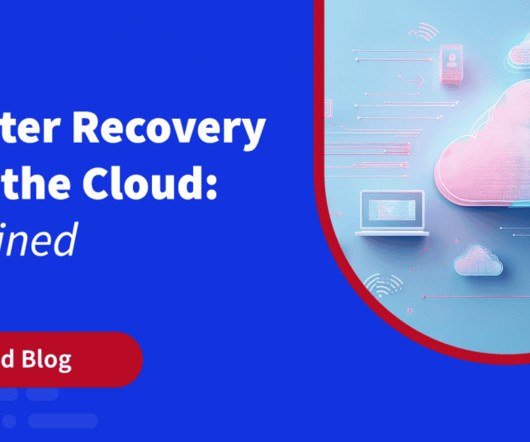
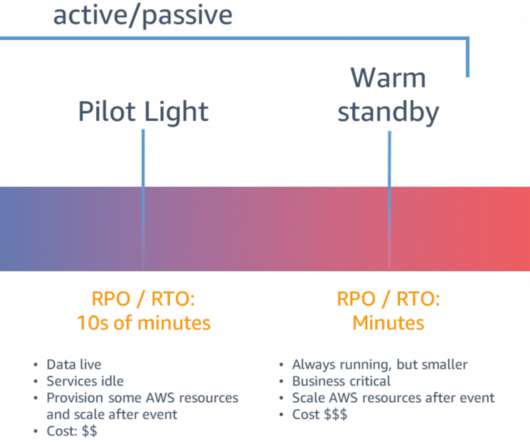

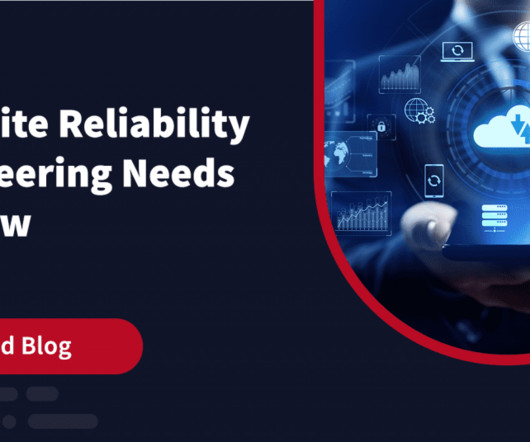
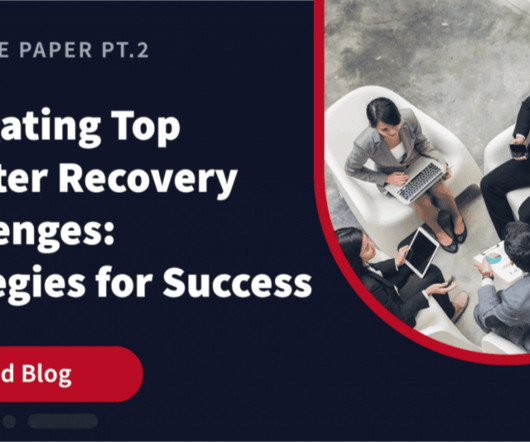
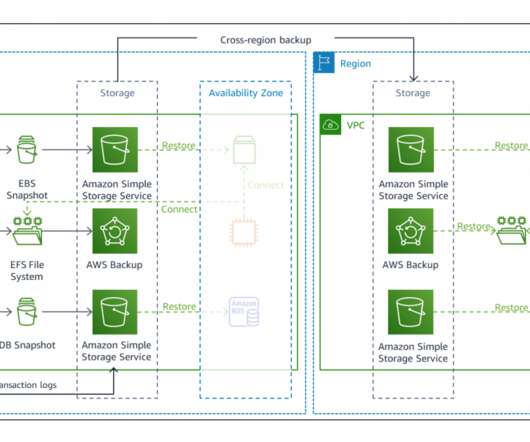

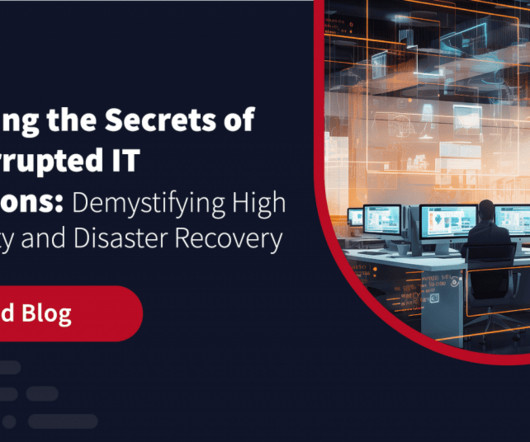



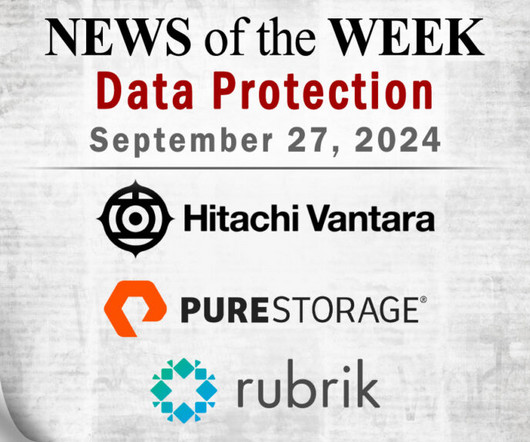

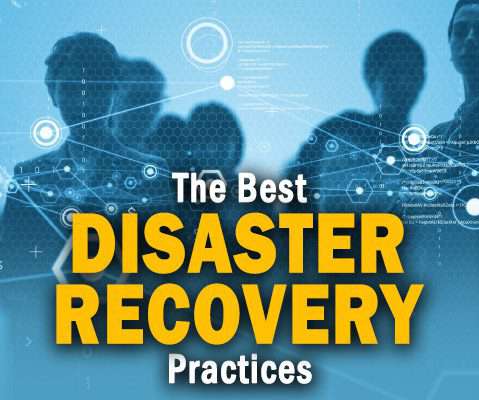







Let's personalize your content